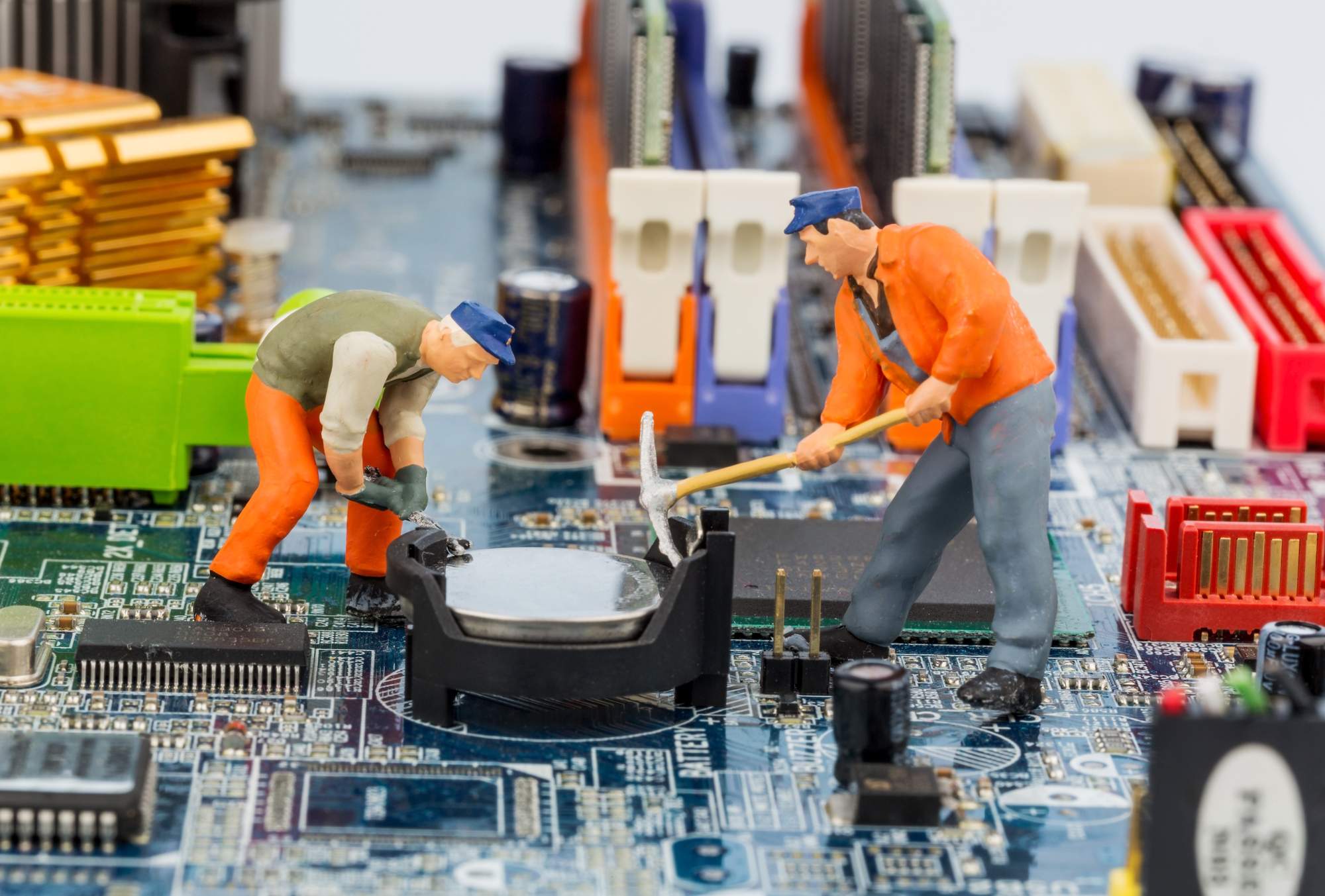
Blog / Three Easy Steps Towards Proactive IT Maintenance
Proactive IT maintenance is essential not just for SMBs, but everyone.
Considering the breakneck pace of technology (which is only going to accelerate even more as technology advances), it’s important to keep your systems up-to-date and maybe even ready for future upgrades. That means using proactive IT maintenance practices to keep your IT as productive, stable, and secure as possible, making the investment worthwhile.
- Network Assessments
- Proactive Updating
- Continual Monitoring
There’s no denying some of these techniques require technical skills, so startups and growing SMBs may want to consider investing in basic managed services as they grow and proactive IT maintenance becomes even more important. If you’re already working with an MSP, make sure they’re providing these essential services.
Network Assessments
You can’t be proactive without knowing where you’re starting from, so the first step is getting a network assessment. If you’re an MSP client, regular networks audits should be included in your services. Understanding the strengths, weaknesses, and health of your network is critical to mapping a plan for the future (an essential part of proactive maintenance). It also enables faster response times int he event of downtime.
Proactive Updating
Regular readers of our cybersecurity newsletter will know already how important being proactive about updates is. In addition to it being an essential part of keeping your systems safe with current security patches, taking updates quickly but prudently generally means improved stability, better compatibility, new features, and ultimately enhanced productivity. Note that we said “quickly but prudently” though; don’t just reflexively take every update offered. As long as it’s not a security patch, you can take a second to learn how the update may affect your business and even defer them if you need preparation time so they don’t disrupt things. Proactive doesn’t mean instant. Just make sure the update doesn’t get forgotten about.
Continual Monitoring
This one is difficult to pull off without the specialized skills of IT technicians, so smaller businesses and startups may have to rely on standard monitoring instead if you’re handling your IT in house. The difference is that you may not notice an issue with a critical system until you try to use it, particularly if it happens on weekends or evenings when personnel are off. Continual monitoring on the otherhand watches your systems 24/7, notifying technicians of problems in real time, but does require the specialized tools and training of an MSP.
These are just a few of the processes startups and SMBs can use to adopt a more proactive IT maintenance model. If you can’t wait until two week’s for another three, or if you’re ready to upgrade to a proactive managed IT service provider, contact a TRINUS account manager and we’ll be happy to talk about how stress-free IT can help your business.
Sincerely,
The TRINUS Team
trinustech.com

















